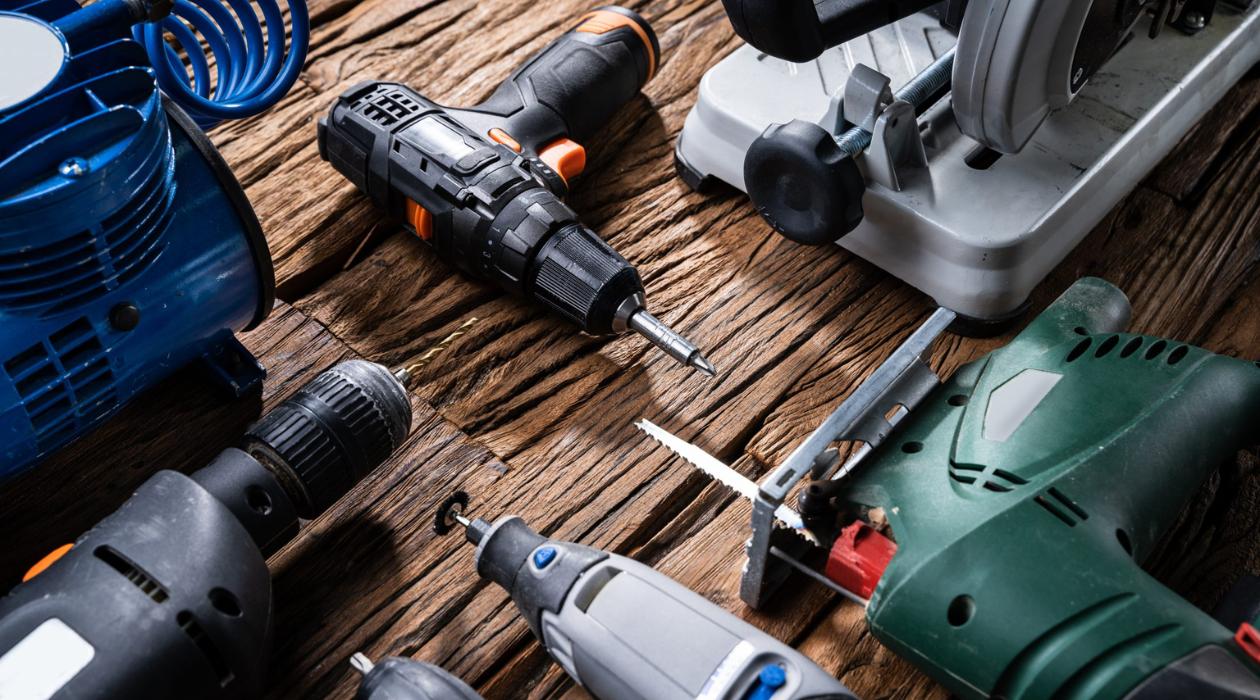

Articles
How To Use Power Hand Tools
Modified: January 19, 2024
Learn how to effectively use power hand tools with our informative articles. Gain valuable knowledge and practical tips to enhance your DIY projects.
(Many of the links in this article redirect to a specific reviewed product. Your purchase of these products through affiliate links helps to generate commission for Storables.com, at no extra cost. Learn more)
Introduction
Power hand tools are essential for any DIY enthusiast or professional tradesperson. From woodworking to home renovations, these tools offer convenience, efficiency, and precision. However, using power hand tools requires proper knowledge and technique to ensure safety and achieve optimal results.
In this article, we will explore the world of power hand tools, discussing the various types, safety guidelines, basic operation and usage, maintenance and care, common functions, troubleshooting, and handy tips. By the end, you’ll be equipped with the necessary knowledge to confidently wield power hand tools for your projects.
So, whether you’re a beginner looking to get started or an experienced user seeking to enhance your skills, let’s dive into the fascinating world of power hand tools.
Key Takeaways:
- Embrace the world of power hand tools with confidence by prioritizing safety, mastering basic operation, and understanding common functions. Regular maintenance ensures longevity and optimal performance.
- From drills to sanders, power hand tools offer convenience and precision. Prioritize safety, follow manufacturer guidelines, and troubleshoot issues for smooth and efficient operation.
Types of Power Hand Tools
Power hand tools come in a wide variety of types, each designed for specific tasks and applications. Here are some of the most common types of power hand tools:
- Drills: A drill is a versatile tool used for making holes in various materials, such as wood, metal, or concrete. It can also be equipped with different attachments for tasks like driving screws or mixing paint.
- Saws: Power saws are used for cutting materials such as wood, metal, and plastic. Circular saws, jigsaws, and reciprocating saws are popular options, each specialized for different cutting techniques.
- Sanders: Sanders are used for sanding and smoothing surfaces. Belt sanders, orbital sanders, and detail sanders are among the most common choices, offering different levels of precision and power.
- Grinders: Grinders are designed for tasks like grinding, polishing, and cutting materials such as metal or stone. Angle grinders and bench grinders are widely used in workshops and construction sites.
- Routers: Routers are primarily used in woodworking to hollow out an area or create intricate designs on the surface of the material. They are available in both handheld and table-mounted versions.
- Nailers and Staplers: These tools are used for fastening materials together. Nailers are used with nails, while staplers utilize staples. They are commonly used in carpentry, upholstery, and construction.
- Impact Drivers: Impact drivers are powerful tools used for driving screws and fasteners with high torque. They are often used in construction and assembly projects where efficiency and precision are required.
- Rotary Tools: Rotary tools are versatile handheld tools that can be used for cutting, grinding, polishing, carving, and more. With interchangeable accessories, they are suitable for various tasks and materials.
- Air Compressors: While not a tool itself, an air compressor is used to power pneumatic tools. It supplies compressed air to tools such as nail guns, spray guns, and impact wrenches, enhancing their functionality.
These are just a few examples of the different types of power hand tools available. The right tool for your project will depend on the specific task, material, and desired outcome. It’s important to choose the appropriate tool and familiarize yourself with its operation and safety guidelines before use.
Safety Guidelines
When using power hand tools, safety should always be a top priority. Here are some important safety guidelines to follow:
- Read the Manual: Before using any power hand tool, carefully read the user manual and familiarize yourself with its specific safety instructions, operation procedures, and maintenance guidelines.
- Use Personal Protective Equipment (PPE): Always wear appropriate PPE, such as safety goggles, ear protection, dust masks, and gloves, to protect yourself from potential hazards like flying debris, loud noises, and harmful particles.
- Maintain a Clean and Organized Workspace: Ensure your work area is clean and free from clutter, as this reduces the risk of accidents and allows for better control and movement while using the tools.
- Inspect Tools Before Use: Before starting any project, carefully inspect your power hand tools for any damage or defects. Ensure that the cords, switches, and safety features are in proper working condition.
- Use Tools Within Their Limits: Different power hand tools have their own limitations. Never push a tool beyond its capabilities or force it to perform tasks it is not designed for, as this can lead to accidents or damage to the tool.
- Secure Workpieces Properly: When operating power hand tools, secure your workpieces using clamps or other appropriate methods to prevent them from slipping or moving during use, reducing the risk of accidents.
- Avoid Loose-Fitting Clothing and Jewelry: Wear proper attire, avoiding loose clothing, jewelry, or anything that can get caught in the tool’s moving parts, potentially causing injury.
- Disconnect Power: When not in use, or when changing blades or accessories, always disconnect the power source to prevent accidental starts or other incidents.
- Proper Tool Handling and Grip: Maintain a firm grip on the tool, keeping your hands away from the cutting area or moving parts. Avoid excessive force or awkward positions that can compromise control.
- Store Tools Safely: After use, store your power hand tools in a secure and dry location, away from children and pets, with any blades or accessories properly stored to prevent accidents.
Remember, these safety guidelines are general recommendations. Always refer to the specific safety instructions provided by the manufacturer for each tool you use, as they may have additional safety precautions tailored to their particular product.
By following these safety guidelines, you can minimize the risk of accidents and work with power hand tools confidently and securely.
Basic Operation and Usage
Understanding the basic operation and usage of power hand tools is essential for achieving safe and efficient results. Here are some key points to keep in mind:
- Proper Grip: Hold the tool firmly with both hands, maintaining a comfortable and balanced grip. Position your hands away from the cutting area or any moving parts.
- Power Source: Ensure the tool is properly connected to a power source, whether it’s an electrical outlet, battery pack, or air compressor. Check if the power source is compatible with the tool’s requirements.
- Switching On and Off: Familiarize yourself with the on/off switch and any other control buttons or levers on the tool. Only switch on the tool when you are ready to use it, and switch it off immediately after use.
- Start Slow: When starting the tool, begin at a low speed or power setting, gradually increasing as needed. This allows for better control and avoids sudden jolts or unexpected movements.
- Proper Blade or Bit Installation: Ensure the correct blade or bit is securely installed on the tool. Follow the manufacturer’s instructions for attaching or changing accessories, making sure they are tightened properly.
- Positioning: Position your workpiece securely and adjust it as needed. Avoid placing your body directly in line with the cutting path or the tool’s line of force to prevent injuries in case of kickback or unexpected movement.
- Smooth and Controlled Movements: Use smooth and controlled movements when operating the tool. Do not force the tool through the material, but allow it to work at its own pace to avoid straining the tool or causing damage to the workpiece.
- Dust and Debris Management: Depending on the tool being used, dust, debris, and particles may be generated. Utilize dust collection systems, wear appropriate masks, and regularly clear away debris to maintain visibility and prevent respiratory issues.
- Cooling and Rest Periods: Some power hand tools may generate heat during prolonged use. Follow the manufacturer’s recommendations for cooling and rest periods to prevent overheating and prolong the tool’s lifespan.
- Tool-Specific Techniques: Different power hand tools have their own specific techniques for optimal usage. Refer to instructional videos, guides, or take classes to learn the best practices for the particular tool you are using.
Remember, practice makes perfect. Take your time to familiarize yourself with each power hand tool and its operation. Start with small projects and gradually work your way up to more complex tasks as you become more comfortable and experienced.
Always prioritize safety and follow the manufacturer’s guidelines for usage and maintenance to ensure the longevity and performance of your power hand tools.
Always wear appropriate safety gear, such as goggles and gloves, when using power hand tools to protect yourself from potential hazards.
Maintaining and Caring for Power Hand Tools
Proper maintenance and care are crucial to ensure the longevity and performance of your power hand tools. By following these tips, you can keep your tools in top condition:
- Regular Cleaning: After each use, clean your power hand tools thoroughly to remove any dirt, debris, or residue. Use a soft brush or cloth, along with appropriate cleaning agents, to prevent corrosion and maintain optimal functionality.
- Lubrication: Some power hand tools require lubrication to ensure smooth operation. Refer to the manufacturer’s instructions to determine which parts should be lubricated and how often. Use recommended lubricants and follow proper application techniques.
- Inspect for Damage: Regularly inspect your tools for any signs of damage, such as frayed cords, cracked casings, or worn-out blades. If you notice any issues, refrain from using the tool until it has been properly repaired or replaced.
- Blade and Bit Maintenance: For tools with replaceable blades or bits, keep them clean and sharp. Periodically sharpen or replace them as needed. Dull blades or bits can strain the tool and compromise the quality of your work.
- Storage: Store your power hand tools in a clean, dry, and secure location. Use proper tool storage solutions, such as toolboxes or wall-mounted racks, to prevent damage and ensure easy access.
- Battery Care: If you use cordless power hand tools, properly maintain the batteries. Follow the manufacturer’s instructions for charging, storage, and replacement to maximize battery life and performance.
- Power Cord Maintenance: For tools with power cords, inspect them regularly for any damage. Avoid tripping hazards by keeping cords organized and protected. Use cord management solutions to prevent tangling and strain on the cords.
- Proper Tool Usage: Use each power hand tool for its intended purpose and within its specified limits. Avoid overloading or excessive force, as this can lead to premature wear and damage to the tool.
- Professional Servicing: If you encounter any major issues, or if your power hand tools require maintenance beyond your expertise, consult a professional or the manufacturer for servicing and repairs.
- Education and Training: Stay updated on the latest techniques and safety guidelines for your power hand tools. Attend workshops, take classes, or watch instructional videos to enhance your skills and knowledge.
By incorporating these maintenance practices into your routine, you can extend the lifespan of your power hand tools and ensure they continue to perform at their best. Well-maintained tools not only improve the quality of your work but also enhance safety during operation.
Remember, always refer to the manufacturer’s recommendations for specific maintenance instructions for your power hand tools, as different tools may have unique maintenance requirements.
Common Power Hand Tool Functions
Power hand tools are designed to perform a wide range of functions, making various tasks easier and more efficient. Here are some of the common functions performed by power hand tools:
- Cutting: Tools like saws, grinders, and rotary tools are used for cutting through different materials, such as wood, metal, plastic, or masonry. They enable precise and efficient cutting in a variety of shapes and sizes.
- Drilling: Drills and rotary tools equipped with drilling attachments are used for making holes in different materials. They offer varying speeds and drilling capabilities to accommodate the size and depth of the hole required.
- Fastening: Nailers, staplers, and impact drivers are used for fastening materials together. They allow for quick and secure attachment of nails, staples, screws, or other fasteners in a variety of applications.
- Sanding and Smoothing: Sanders and sanding accessories on rotary tools are used to smooth and refine surfaces. They efficiently remove rough patches, burrs, or old finishes, leaving a smooth and even finish.
- Grinding and Polishing: Grinders and polishing tools are used for tasks like grinding down rough surfaces, removing rust or paint, or polishing metals. They provide the power and precision needed for different grinding and polishing applications.
- Shaping and Carving: Routers, rotary tools, and carving attachments allow for shaping and carving intricate designs in wood, plastic, or other soft materials. They enable the creation of decorative edges, grooves, or relief carvings.
- Finishing: Power hand tools like sanders, polishers, and paint sprayers are used for applying finishes to surfaces. They help achieve a professional and uniform finish, whether it’s applying paint, varnish, or clear coats.
- Mixing and Stirring: Many power hand tools, such as drills or rotary tools with mixing attachments, are used for mixing paints, adhesives, or other substances. They offer efficient and thorough mixing for consistent results.
- Cleaning and Deburring: Power hand tools like wire brushes or rotary tools with cleaning attachments are used for cleaning and removing rust, paint, or debris from surfaces. They help prepare surfaces for further treatment or for a clean finish.
- Impact and Forceful Driving: Impact drivers and hammer drills deliver high torque or impact force for driving screws, bolts, or fasteners into tough materials. They provide efficient and precise fastening in demanding applications.
These are just a few examples of the functions performed by power hand tools. The versatility and capabilities of power hand tools make them indispensable for various projects, whether it’s woodworking, construction, or DIY home improvements.
Remember to always choose the appropriate tool for the function you wish to perform, and follow the manufacturer’s guidelines for safe and efficient usage.
Troubleshooting and Tips
Even with proper maintenance and usage, power hand tools may encounter issues or require troubleshooting. Here are some common troubleshooting tips and general advice for using power hand tools:
- Tool Not Starting: If your tool fails to start, check if it is properly connected to a power source or if the battery is charged. Verify that the power switch is in the “on” position and check for any tripped circuit breakers or blown fuses.
- Poor Performance: If your power hand tool is not performing as expected, ensure that you are using the correct blade or bit for the task. Check if the blade is sharp or if it needs replacement. Cleaning the tool may also help improve performance.
- Overheating: If your power hand tool becomes excessively hot during use, it may be a sign of overuse or lack of cooling. Give the tool a rest period to cool down and avoid pushing the tool beyond its recommended usage limits.
- Strange Noises or Vibrations: Unusual noises or excessive vibrations can indicate a problem with the tool. Stop using the tool immediately and inspect it for any loose parts or damage. Consult the user manual or a professional for further assistance.
- Maintenance and Lubrication: Regularly clean and lubricate your power hand tools to ensure smooth operation and prevent rust or corrosion. Follow the manufacturer’s recommendations for the specific maintenance and lubrication requirements of each tool.
- Proper Storage: Store your power hand tools in a dry and secure location, away from moisture or extreme temperatures. Use protective cases or covers to prevent dust and debris accumulation, which can affect performance and longevity.
- Sharpening and Replacement: Replace or sharpen blades, bits, or accessories as needed to maintain optimal performance. Dull blades can lead to subpar results, increased strain on the tool, and potential safety hazards.
- Proper Safety Gear: Always wear appropriate personal protective equipment (PPE) when using power hand tools. Safety goggles, ear protection, gloves, and masks can help minimize the risk of injuries and protect your health.
- Proper Technique: Learn and practice proper technique for each power hand tool. Proper grip, positioning, and movement will not only improve your results but also reduce the risk of accidents.
- Continuous Learning: Continue to educate yourself about power hand tools through workshops, online tutorials, or classes. Stay updated on new techniques, safety guidelines, and advancements in tool technology for improved efficiency and safety.
Remember, if you encounter persistent issues with your power hand tools or if you are unsure about a problem, consult the manufacturer’s customer support or seek assistance from a professional technician. Safety should always be prioritized, and never attempt to repair a tool if you are not qualified to do so.
By following these troubleshooting tips and implementing the necessary maintenance practices, you can ensure the smooth and efficient operation of your power hand tools for years to come.
Conclusion
Power hand tools are indispensable for a wide range of projects, offering convenience, efficiency, and precision. By understanding the different types of power hand tools, following safety guidelines, and mastering their basic operation and usage, you can confidently tackle various tasks with these powerful tools.
Remember to prioritize safety when using power hand tools by wearing appropriate personal protective equipment (PPE), maintaining a clean workspace, and following manufacturer-recommended safety precautions. Regular maintenance and care, such as cleaning, lubricating, and inspecting your tools, will ensure their longevity and optimal performance.
Understanding the common functions of power hand tools allows you to choose the right tool for each task, whether it involves cutting, drilling, fastening, or finishing. Troubleshooting tips provide guidance in case you encounter any issues, while continuous learning and practice will help enhance your skills and knowledge.
As you embark on your power hand tool journey, always prioritize safety, and invest time in learning and improving your techniques. With proper knowledge and practice, power hand tools can become indispensable allies in accomplishing your DIY projects or professional tasks.
So, embrace the world of power hand tools, equip yourself with the necessary knowledge, and let your creativity and skills shine as you embark on your next project with confidence.
Frequently Asked Questions about How To Use Power Hand Tools
Was this page helpful?
At Storables.com, we guarantee accurate and reliable information. Our content, validated by Expert Board Contributors, is crafted following stringent Editorial Policies. We're committed to providing you with well-researched, expert-backed insights for all your informational needs.

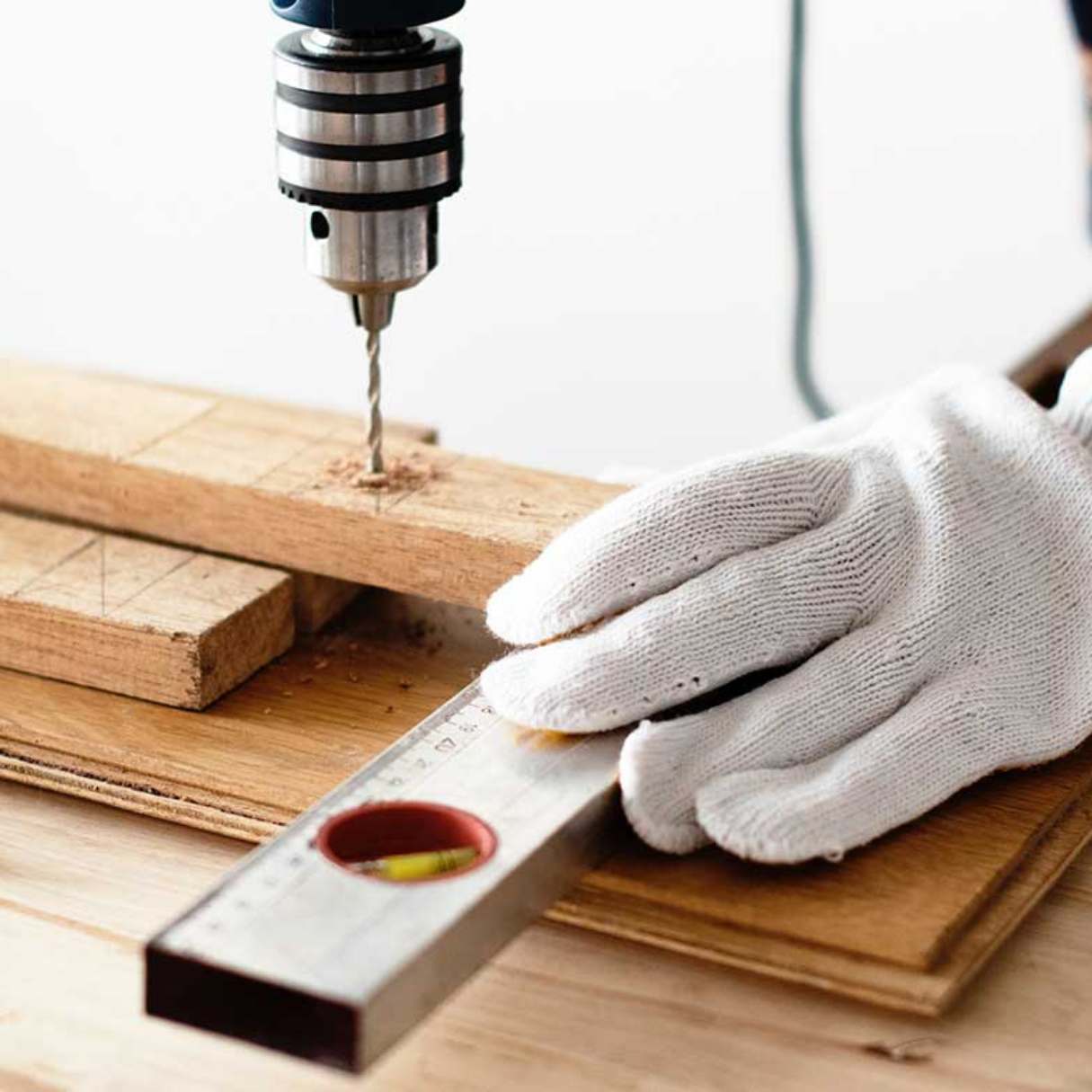
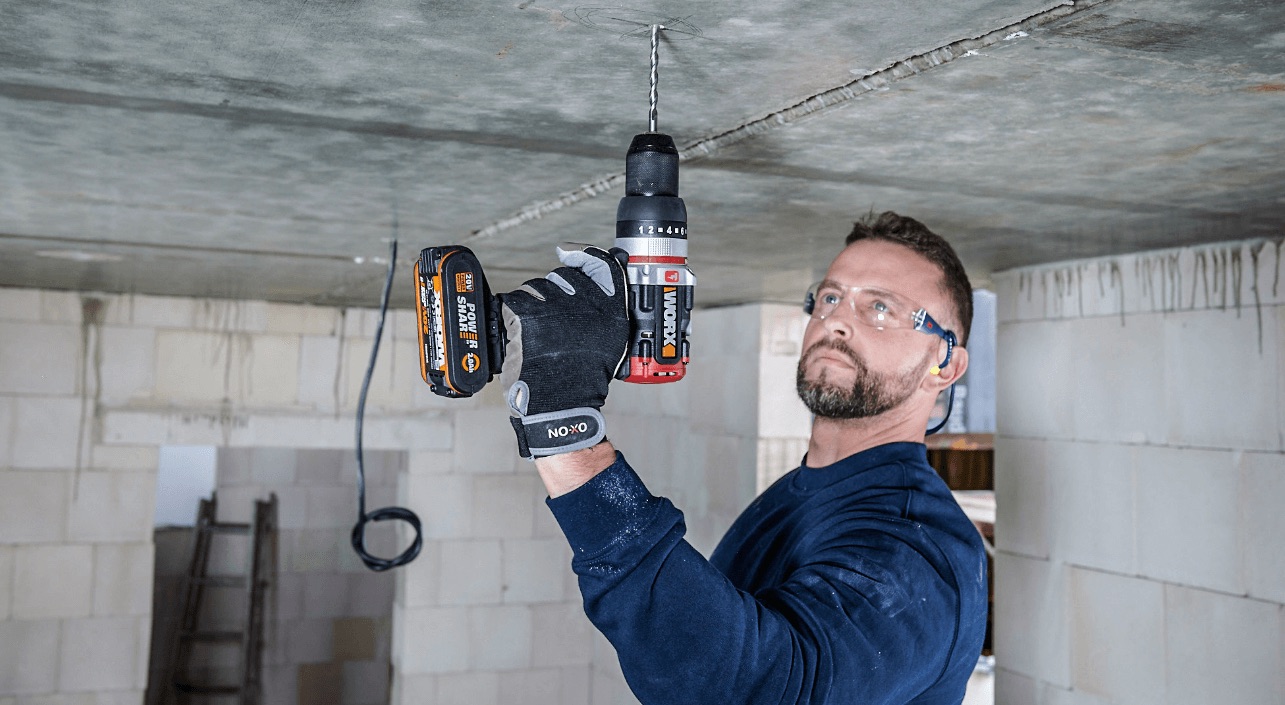
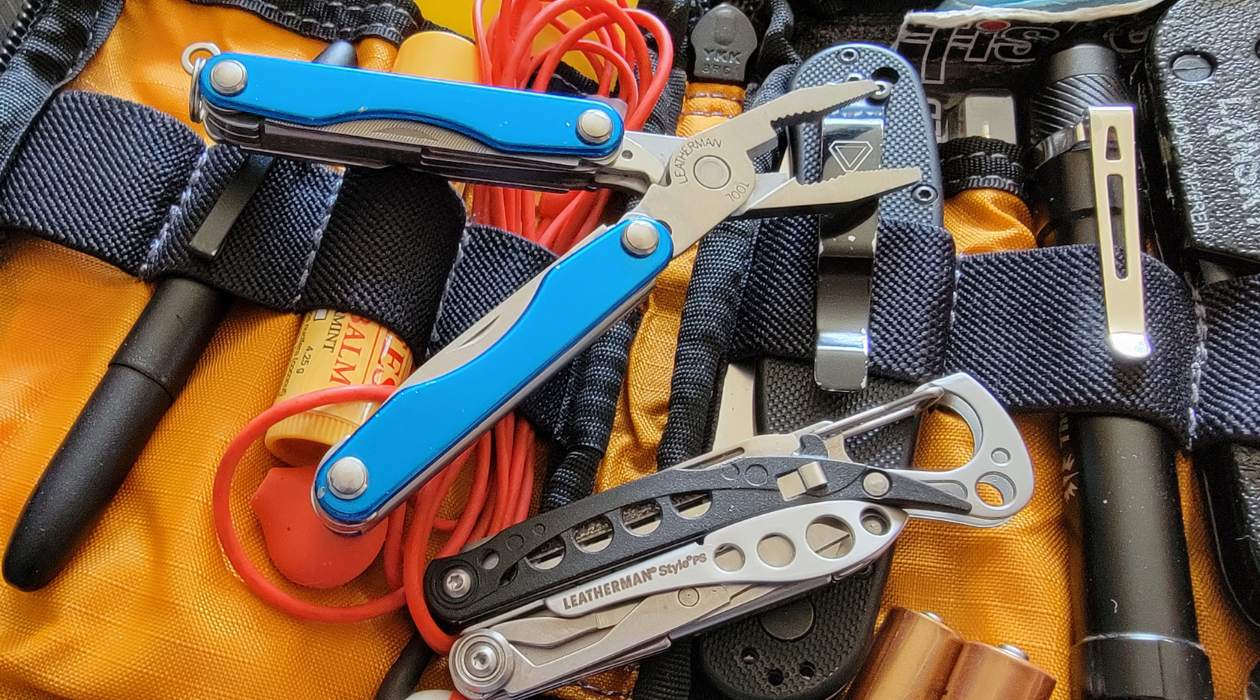
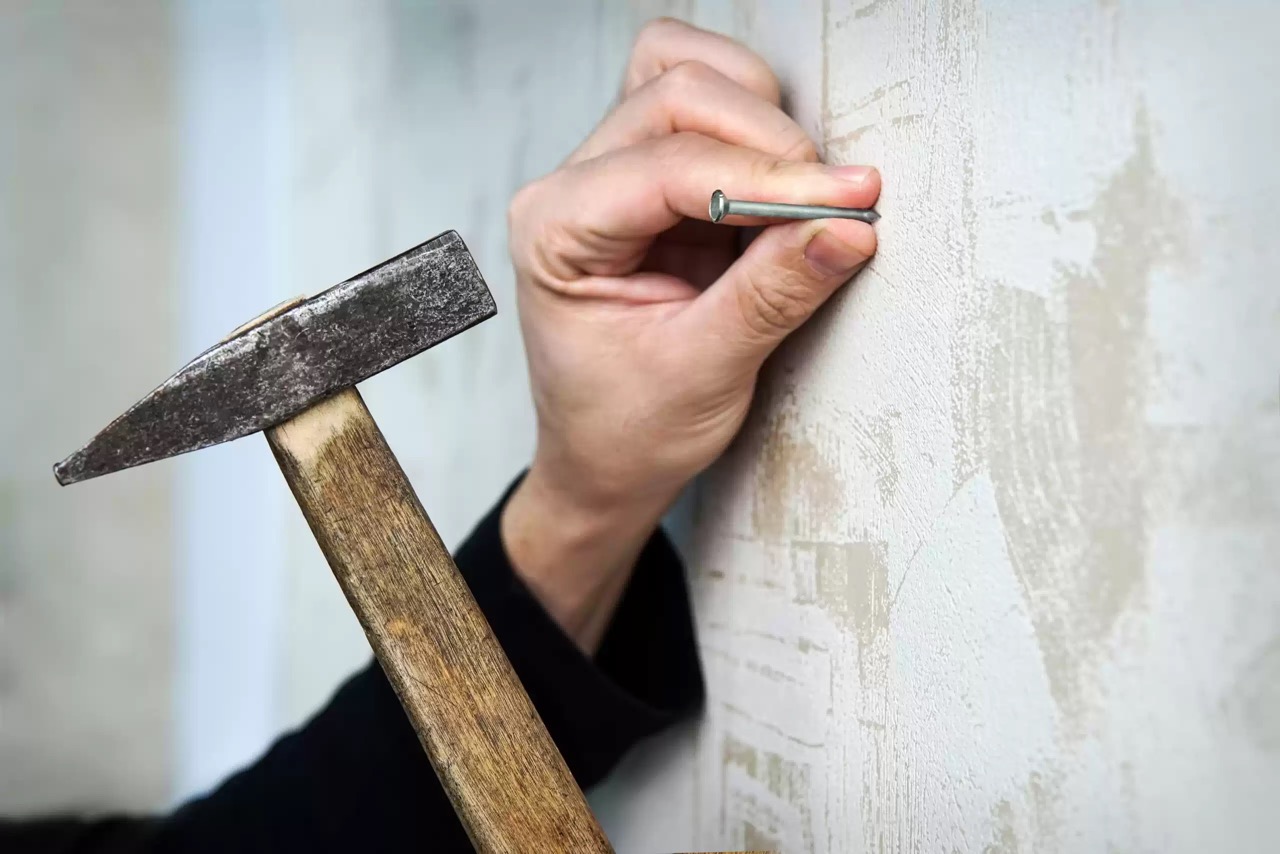

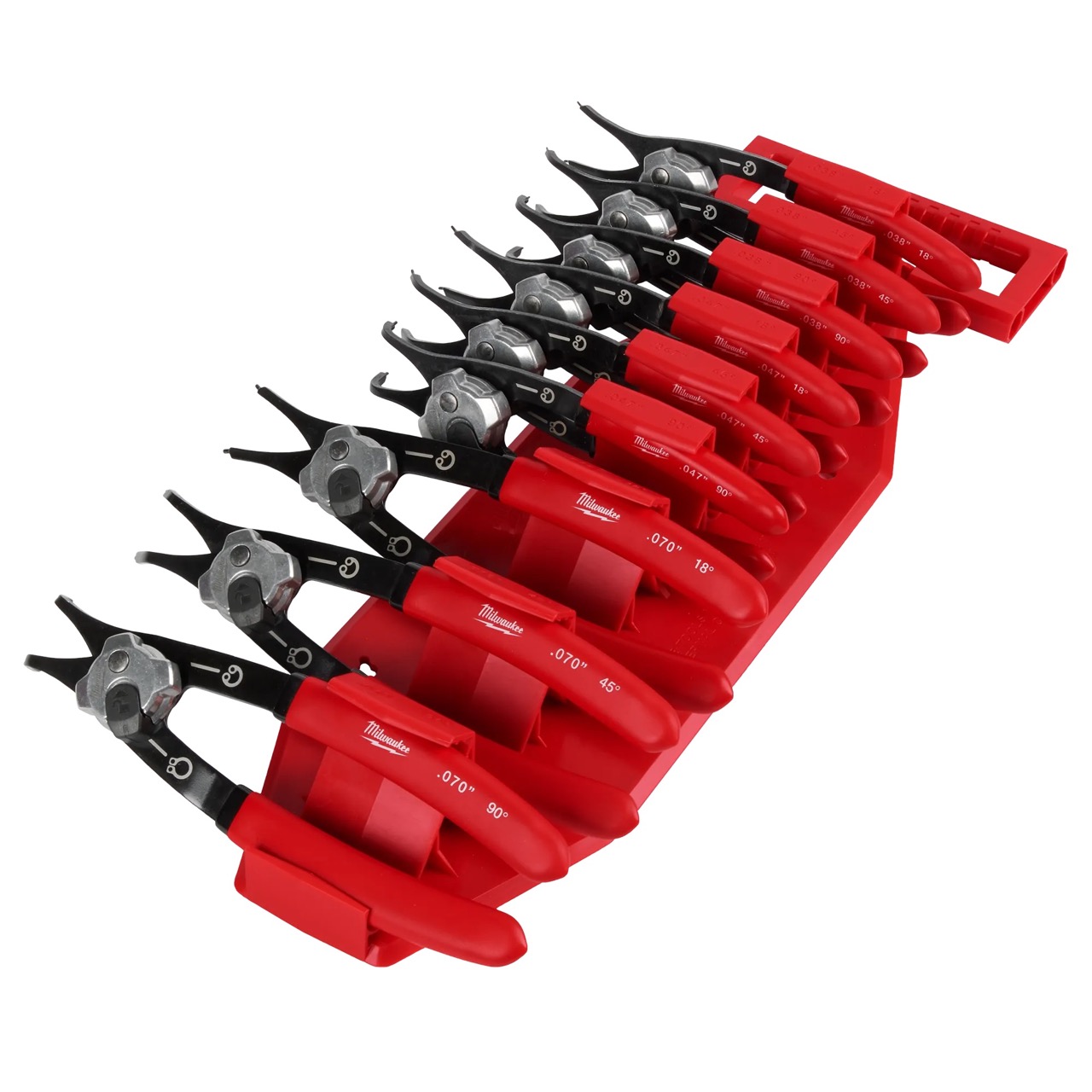

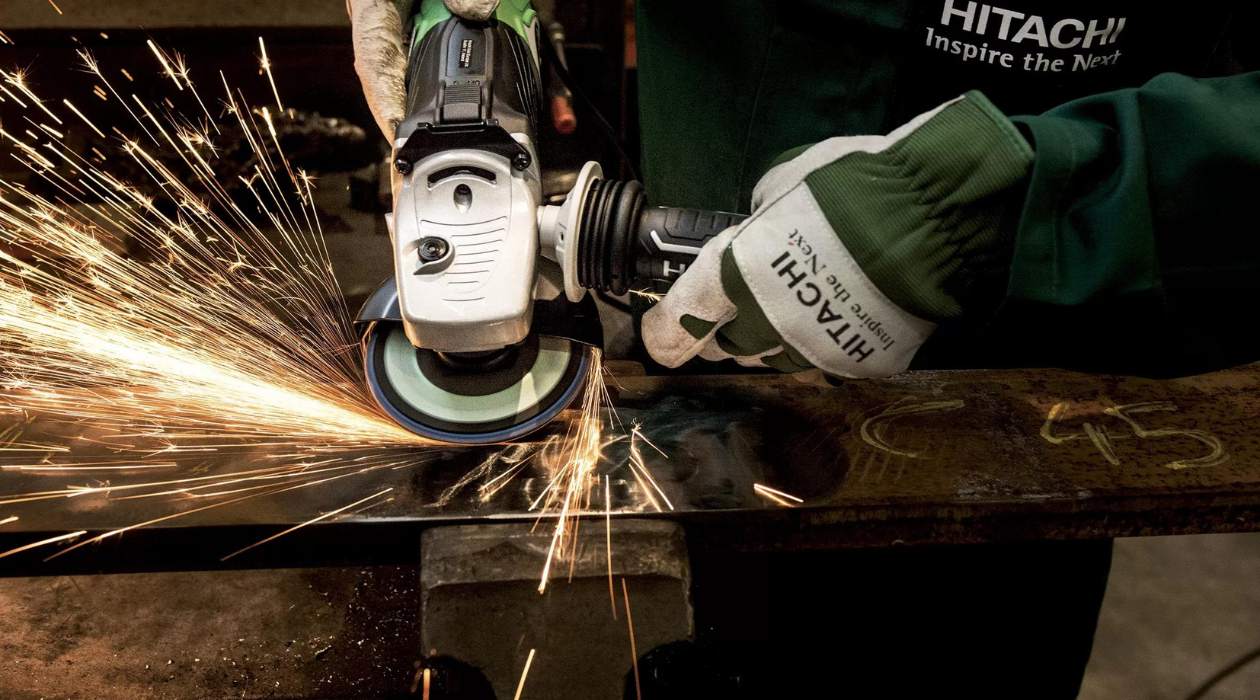
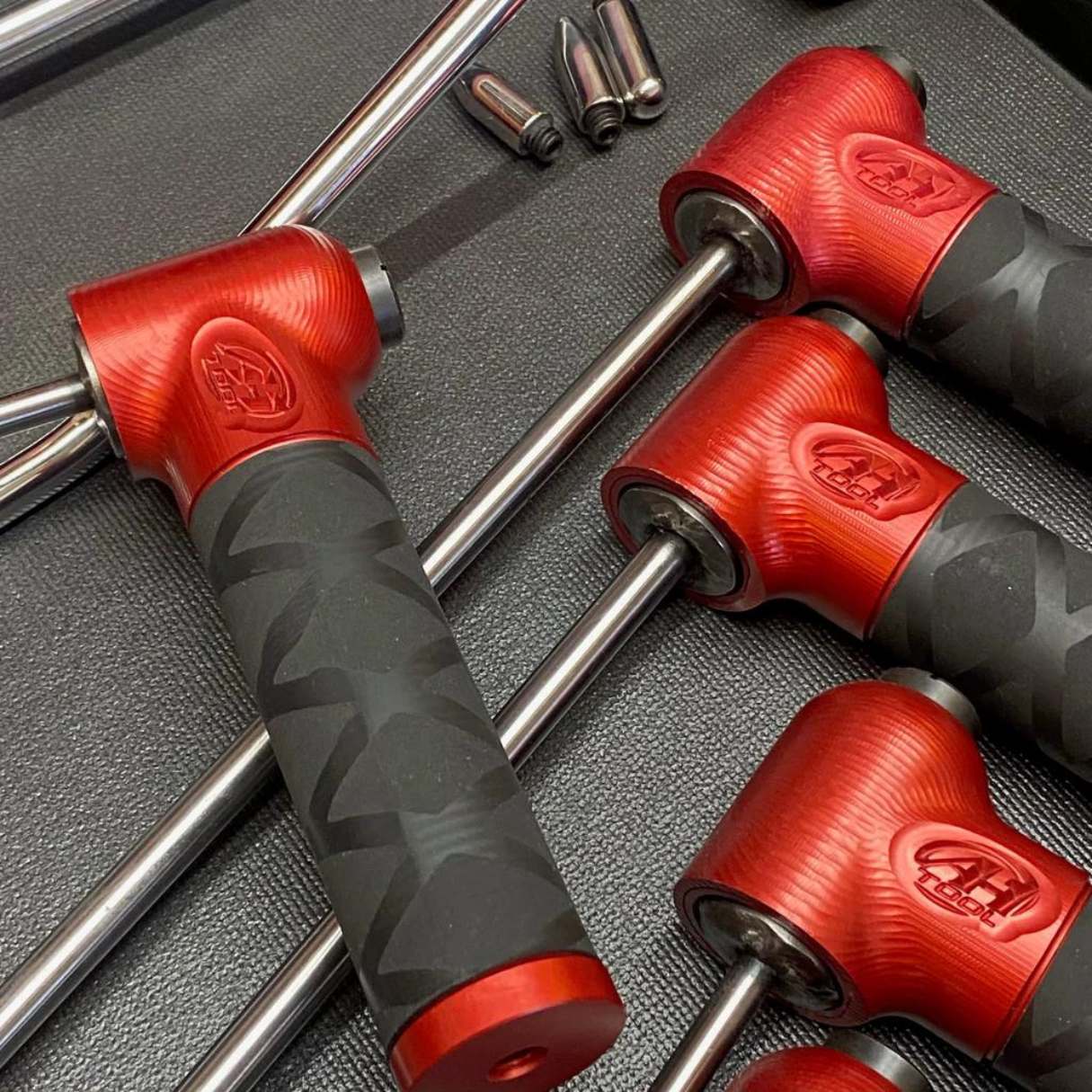

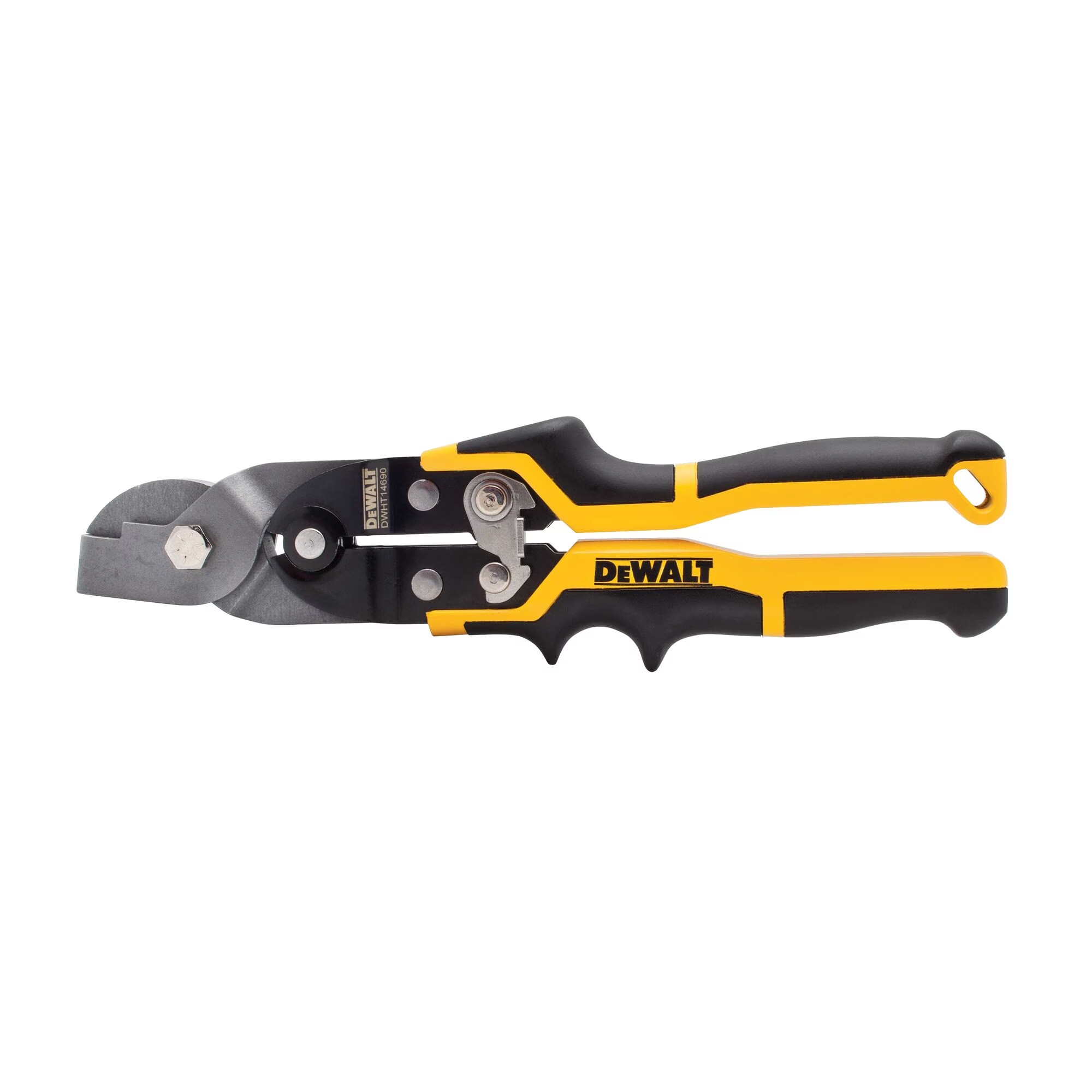
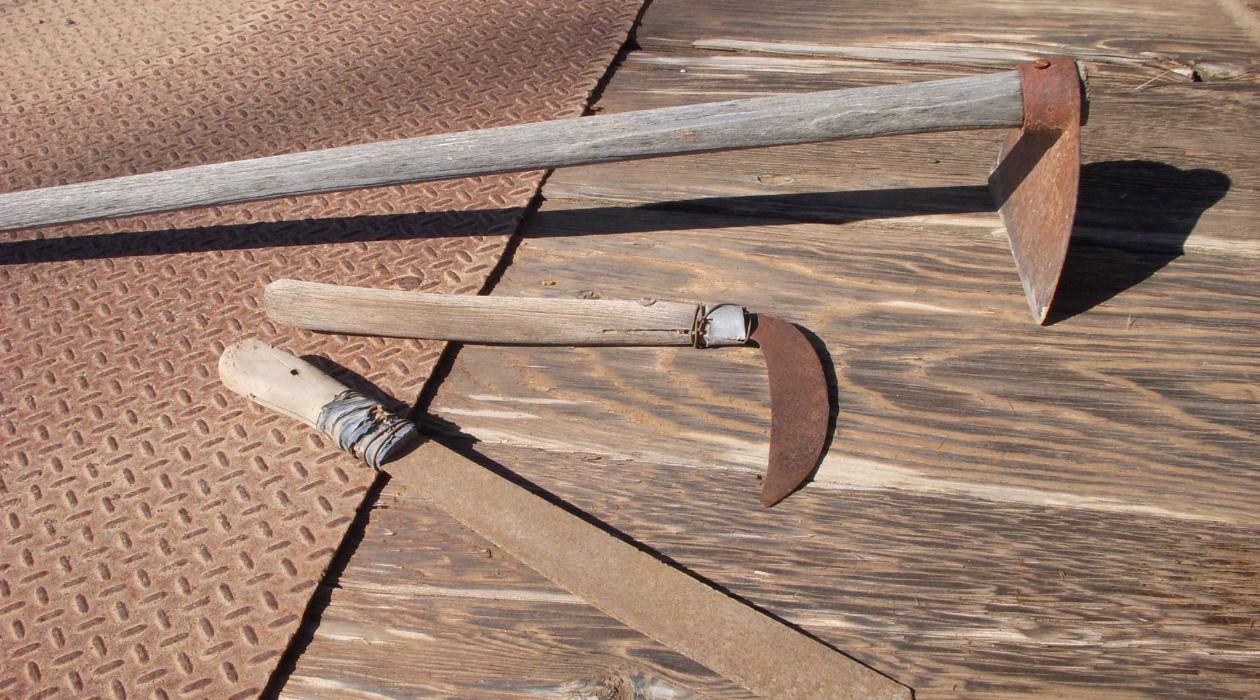
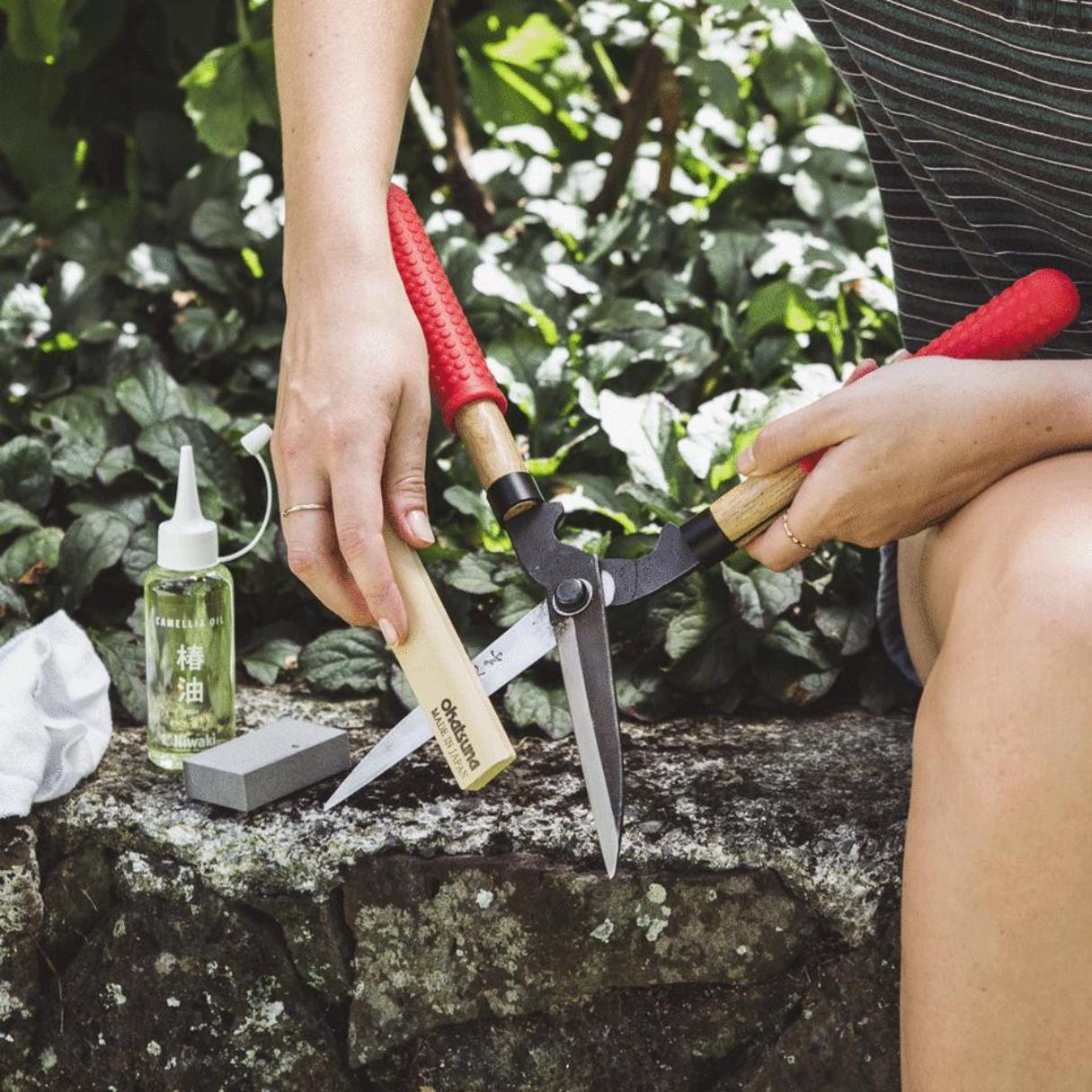

0 thoughts on “How To Use Power Hand Tools”